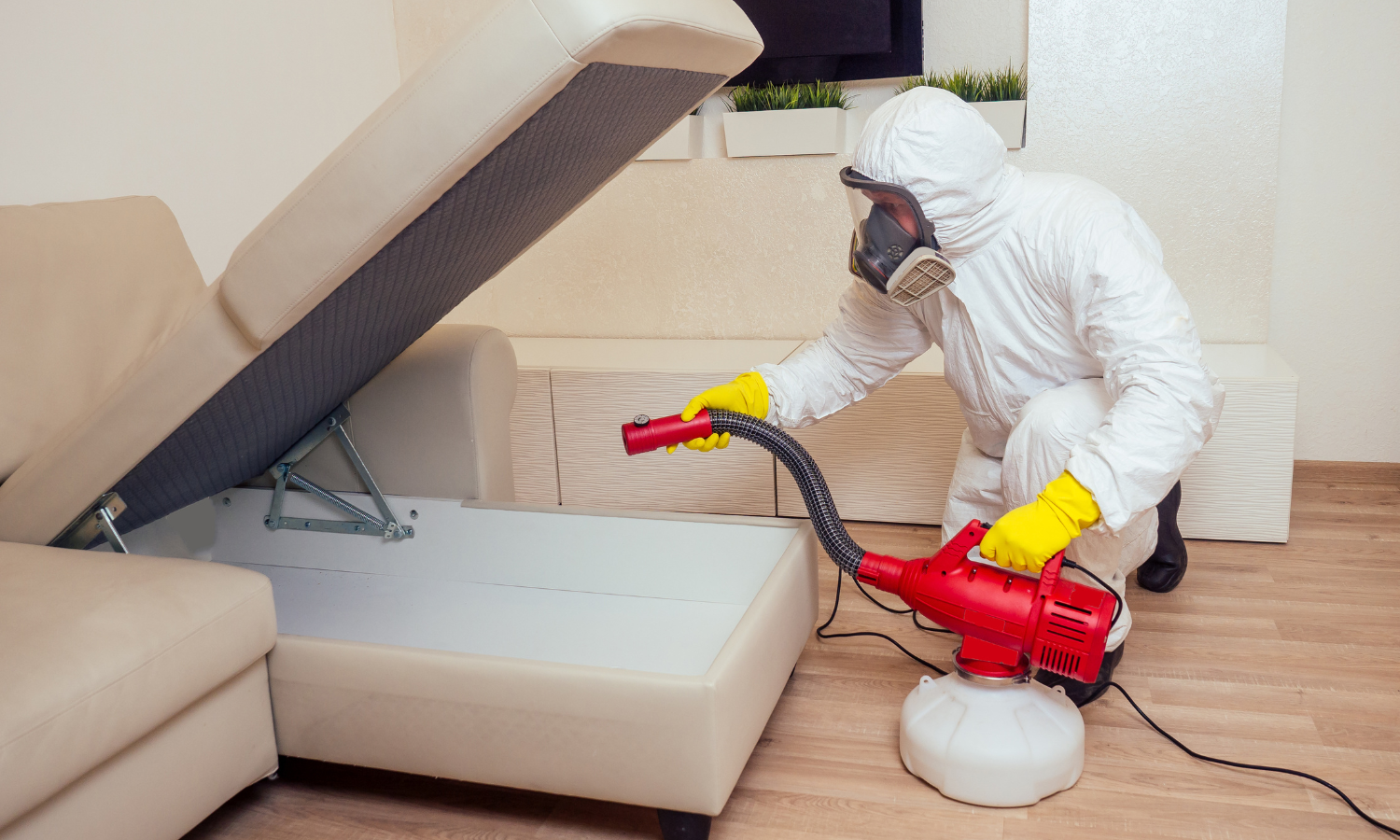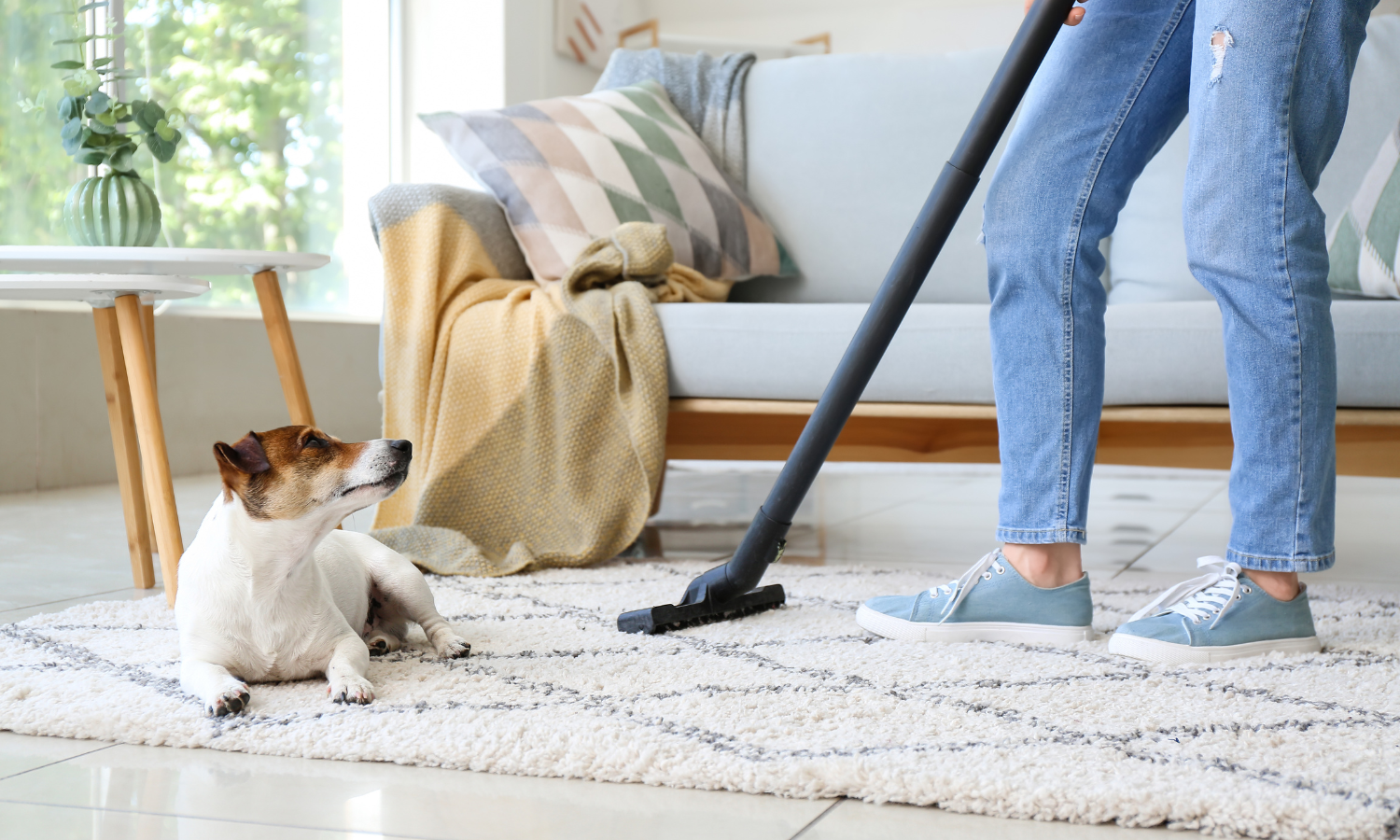For pet parents, the well-being of their furry, feathered or finned companions is paramount, highlighting the delicate balance needed when tackling pest control within our homes. This concern transcends the simple elimination of pests, reaching into the heart of safety measures employed. Pets' tendencies to explore and interact with their environment mean they are at a heightened risk of encountering and ingesting toxic pesticides, whether through direct contact with treated areas or by grooming themselves afterward. This reality underscores a critical dilemma: Can we justify the use of conventional pesticides, known for their potential toxicity, when they pose a direct threat to the animals we consider part of our family?
This article aims to navigate through the intricacies of maintaining a pest-free living space without compromising the health and safety of our pets. It seeks to underscore the urgency of re-evaluating our pest control strategies, advocating for a shift towards non-toxic, pet-friendly solutions. By integrating insights into the risks associated with chemical pesticide use, we aim to provide a comprehensive overview that champions the welfare of our pets. Through this exploration, we invite pet owners to consider non-toxic alternatives that ensure our homes are safe havens for all inhabitants.
Understanding the risks
The deployment of chemical pesticides — in both indoor and outdoor settings — poses substantial health risks to pets, a concern that pet owners cannot overlook. Pets, inherently curious, often closer to the ground and due to their grooming habits, are at a heightened risk of encountering and absorbing toxic substances found in pesticides. This increased vulnerability is highlighted by the ASPCA's listing of insecticides among the top ten toxins affecting pets annually.

The repercussions of chemical pesticide exposure in pets range broadly, from mild irritations to severe, life-threatening conditions. Symptoms of pesticide poisoning in pets can include vomiting, diarrhea, muscle tremors, seizures, lethargy and excessive drooling. Such signs should prompt immediate veterinary care to mitigate the risks of long-term health issues or fatality.
A comprehensive analysis of calls to the National Poison Data System (NPDS) from 2000 to 2010 reveals the significant impact of toxic exposures on animal health. Pesticides were the most common exposure substance reported, constituting more than a quarter of all animal exposure calls. Notably, pesticide exposures were responsible for the greatest number of reported pet deaths, highlighting the lethal potential of these substances. The study also found that, of all of the animal exposure calls reported, the majority involved dogs and cats, indicating that our companion animals are frequently at risk.
Given the extensive use of pesticides and the clear evidence of their danger to pets, this data compels a deeper reconsideration of using chemical pesticides in environments shared with pets.
Rethinking pesticide use: Precautions and considerations
Before reaching for chemical pest control solutions, it's crucial to weigh the potential risks against the benefits — especially in households with pets or children. As underscored by the guidelines provided in the "TECHNICALLY SPEAKING: I Think My Pet Has Been Poisoned" article, the application of pesticides, both indoors and outside, involves a series of precautions to reduce the risk to pets and humans alike. However, the need for such measures begs the question: Is it worth it?
Precautions for Applying Pesticides
When considering the application of chemical pesticides, adhering to strict guidelines is crucial. These precautions are essential to protect our beloved animals and maintain the delicate balance required in pest management within spaces shared with pets.
Outdoor Applications
- Remove pets and belongings: Before treatment begins, ensure pets, along with their toys, food, and water bowls, are removed from the area.
- Wait for drying: Allow the pesticide to dry completely before allowing pets to return. This minimizes the risk of pets coming into contact with and ingesting harmful chemicals during grooming or exploration.

Indoor Applications
- Relocate pets: Remove pets from the home or keep them in sections that will not be treated. Completely remove all pets for treatments that disperse pesticides through the air, such as foggers.
- Cover fish tanks: Prevent contamination of water by covering tanks and turning off air circulation systems to avoid the spread of airborne chemicals.
- Ventilation: Ensure the area is well-ventilated during and after the application to speed up the drying process and reduce lingering chemical presence.
Storage and Placement
- Secure storage: Pesticides, rodent or insect baits should be securely stored outside of pets' reach or within secure bait stations. This prevents accidental ingestion by pets, which might be attracted to the bait.
Taking the necessary precautions can effectively lower the risks of exposing pets to harmful chemicals. Yet, the requirement for such careful measures prompts us to reconsider the value and safety of employing chemical pesticides in spaces where our pets live and play.
The question of worth
As we write about the rigorous precautions necessary for applying chemical pesticides, a crucial question arises for every pet owner: Is the use of such pesticides truly worth their potential risks? The meticulous preparations, the disruption to everyday life and the lingering concern for the safety of our beloved pets underscore the inherent stress associated with traditional pest control methods.
How do you, as a pet owner, weigh the immediate benefits of pest elimination against the potential harm to your pets? Are the traditional methods of pest control aligning with your values of safety and health for all household members, especially the four-legged ones?
This reflective dialogue is not merely academic but a call to action. It's an invitation to consider non-toxic alternatives that eliminate the need for such extensive precautions. By questioning the worth of chemical pesticides, we encourage a shift toward pest management strategies that safeguard the health and safety of our homes' most vulnerable inhabitants. Let's explore together: Could there be a more compassionate, effective approach to keeping our homes pest-free?
The non-toxic alternative

In light of these concerns, non-toxic minimum-risk solutions present a compelling alternative. Products like Dr. Killigan's Dust to Dust offer an effective way to manage pests without the extensive precautions required by chemical pesticides. Opting for such solutions allows pet owners to prioritize the health and safety of their furry companions while maintaining a pest-free home.
This section aims to highlight the importance of considering the broader implications of pesticide use and to encourage pet owners to explore safer, more pet-friendly alternatives. The well-being of our pets and the safety of our homes should not be compromised by the methods we choose to control pests.
Proactive measures for a healthy home
Achieving a pest-free home in harmony with pet safety involves more than just selecting the right products; it requires a holistic, proactive approach:
- Regular home maintenance: Keeping your home clean and clutter-free deters pests. Regular vacuuming, prompt disposal of garbage, sealing food containers, and maintaining the pet feeding area deny pests the resources they need to thrive.
- Physical barriers: Implementing physical barriers such as screens on windows and doors, sealing cracks and using door sweeps can significantly reduce pest entry points.
- Beneficial insects: Recognizing and even introducing beneficial insects into your garden, such as assassin bugs, green lacewings, aphid lions, and ladybugs, can naturally control pest populations without the need for chemical interventions. These predators feed on harmful pests, maintaining the ecological balance and supporting a healthy garden environment. By fostering a habitat for these beneficial insects, you can enhance your garden's resilience to pest invasions and reduce reliance on pesticides.
- Landscape maintenance: Regularly trimming bushes, trees, and shrubs can prevent pests from using them as bridges to enter your home. Additionally, storing firewood, lumber, bricks and stones away from your home's perimeter can eliminate potential shelters for pests, further safeguarding your living space from infestations.
- Dr. Killigan's Dust to Dust Plant-Powered Insect Powder: Among the arsenal of non-toxic solutions, Dr. Killigan’s Dust to Dust stands out. This silica-based product is safe for pets and humans but lethal to pests. By creating a barrier or lightly dusting affected areas, you can effectively manage pests without fear of harming your pets. It's a testament to the efficacy and safety of non-toxic pest control methods. Note: For optimal results, use Dr. Killigan’s Insect Buster for dispersal.
- Dr. Killigan's Six Feet Under Plant-Powered Spray: An effective, all-natural insecticide, Six Feet Under is safe for use around pets, targeting pests with ingredients like soybean oil and clove oil. Its formula specifically affects insects, not mammals or birds, ensuring your pets stay safe while pests are kept at bay. Always apply with care and consult a vet for pets with sensitivities.
- Harnessing peppermint oil: Dive into the natural potency of peppermint oil with Dr. Killigan's guide, "Kiss bugs goodbye: Your complete guide to using peppermint oil for pests". This guide explains how peppermint oil's aroma and menthol content serve as effective pest deterrents, offering DIY solutions for creating peppermint oil sprays.
- Education and awareness: Understanding the behaviors, life cycles and weaknesses of common pests can empower homeowners to adopt targeted, effective and safe pest management strategies.
The importance of choice
The decision to use non-toxic methods for pest control reflects a broader commitment to pet health and environmental stewardship. It acknowledges the interconnectedness of our homes' ecosystems and the need to make choices that support the well-being of all inhabitants.
Conclusion
Navigating the challenge of pest control in a home with pets requires not just vigilance but a commitment to the health and safety of our furry family members. The journey towards a pest-free, pet-safe home is multifaceted, involving the careful selection of methods and products that do no harm. Embracing non-toxic solutions is a significant step in this direction, offering peace of mind through effective and safe pest management practices.

But the journey doesn't stop here. We encourage you to take proactive steps today. Start by evaluating your current pest control methods and consider the switch to non-toxic alternatives. Educate yourself further on pet-safe pest management by exploring our comprehensive guides and resources. Our dedicated section on non-toxic pest control provides a wealth of information, tips and product recommendations designed with your pet's safety in mind.
Remember, every action you take towards a non-toxic home environment is a step towards ensuring the health and happiness of your pets. Don't wait for pests to become a problem; act now to safeguard your home and your beloved pets from potential risks. Visit Dr. Killigan’s website to learn more and start your journey towards a safer, pest-free home.
Together, let's embrace the responsibility of protecting our pets and homes through informed choices and proactive measures. Your pets rely on you for their safety and well-being—make the choice to protect them with pet-safe, non-toxic pest control solutions today.










